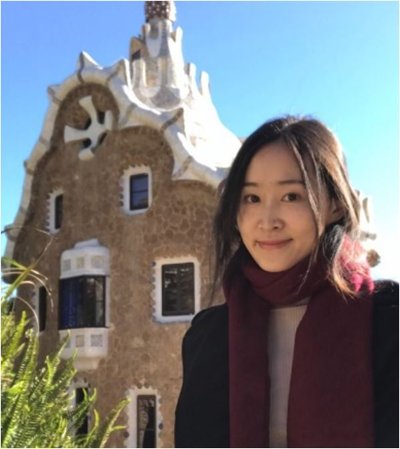Hierarchical supramolecular architectures: Towards a model of cytoskeleton
Due to the COVID-19 crisis the PhD defence of Fangyuan Xiu will take place online (until further notice).
The PhD defence can be followed by a live stream.
Fangyuan Xiu is a PhD student in the research group Molecular Nanofabrication (MNF). Her supervisor is prof.dr.ir. J. Huskens from the Faculty of Science and Technology (TNW).
 Cells exhibit outstanding multi-functional properties and sophisticated organization within a micro-scaled environment. Within the cell, there is a cellular architecture called the cytoskeleton, which is assembled from protein monomers, which provides mechanical support, and which generates the shape of cells and is involved in intracellular transportation. Insights into the cytoskeleton has sparked a lot of development in synthetic biomimetic systems.
Cells exhibit outstanding multi-functional properties and sophisticated organization within a micro-scaled environment. Within the cell, there is a cellular architecture called the cytoskeleton, which is assembled from protein monomers, which provides mechanical support, and which generates the shape of cells and is involved in intracellular transportation. Insights into the cytoskeleton has sparked a lot of development in synthetic biomimetic systems.
This dissertation aims to develop a cytoskeleton-like supramolecular system, with the long-term vision to achieve several structural, mechanical and dynamic functions of the cellular cytoskeleton. The system integrates self-assembled fiber formation, external triggers, biomolecular recognition, and compartmentalization to build up hierarchical supramolecular mimics of the cellular cytoskeleton.
There are three main tasks for the design of mimics of the cytoskeleton: designing and synthesizing adequate mimicking materials, implementing these into cell-mimetic compartments, and affecting and interacting with their functions. First, a supramolecular polymer system that could self-assemble into tubular architectures had been developed. Afterward, biomolecular recognition has been introduced to induce the hierarchical assembly of the supramolecular nanotubes. Finally, the giant unilamellar vesicle has been chosen as a compartment to incorporate these architectures for building up a cell-like model. Dynamic behavior of the supramolecular bundles and networks has been observed upon external triggers, such as light, depletion forces and changes in environmental factors. These approaches resulted in changes of the supramolecular architecture and/or the surrounding vesicle, and affected their interaction and morphology.
In overview, her work has introduced two novel hierarchical supramolecular architectures as rudimental cytoskeleton models. Furthermore, they encapsulated hierarchical architectures into cell-sized compartments, which takes a crucial step forward to mimicking the cellular cytoskeleton.
